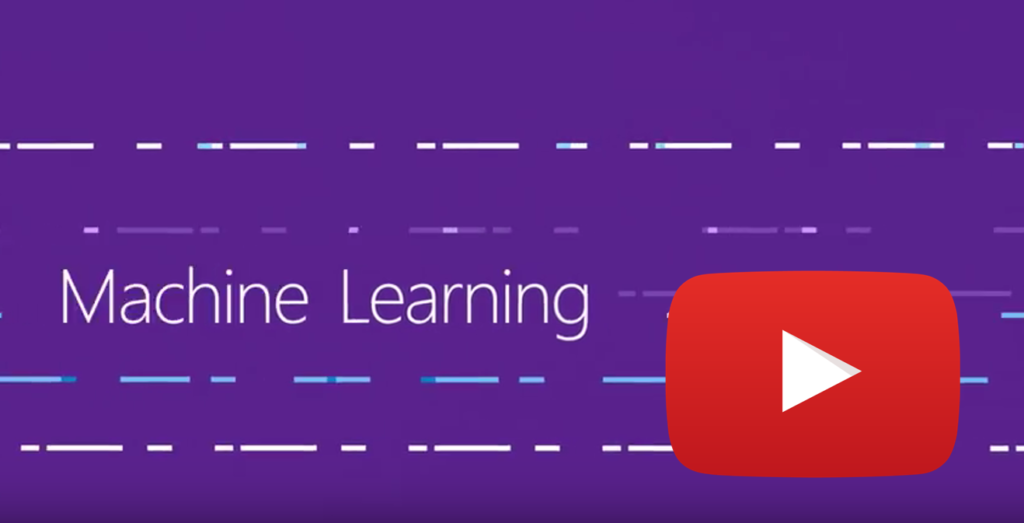 The unstoppable progress of digital transformation not only changes the way of living and working of private individuals, but also presents big challenges to companies on a regular base. An efficient way of dealing with the increasingly rapid transformation are modern technologies and approaches such as machine learning.
The unstoppable progress of digital transformation not only changes the way of living and working of private individuals, but also presents big challenges to companies on a regular base. An efficient way of dealing with the increasingly rapid transformation are modern technologies and approaches such as machine learning.
In order to stay at the pulse of the times, executives should prepare themselves in time for the continuing digitalisation of the business world. This digitalisation also offers companies numerous advantages that not only facilitate administrative processes and general everyday operations, but also secure competitiveness in the long term. For example:
- Creation of flexible work forms
- Service optimisation through online support
- Cross-location working
- Streamlining administration
- Outsourcing administrative processes
In order to strengthen or even improve ones’ own position in the competition, to increase productivity, quality and sales, and to save money by a more efficient use of resources, the use of machine learning is recommended. Machine learning is not a finished software product, but an individualisable learning and optimisation process. Using machine learning, algorithms are developed with the aim of analysing historical data automatically and identifying patterns therein. The results can finally be used as predictions and thus as a basis for future business decisions or to solve problems.
Efficient machine learning with Microsoft Dynamics NAV
Using Microsoft Azure Machine Learning in combination with the data source Microsoft Dynamics NAV 2017 is worthwhile for the introduction of machine learning into ones’ own company. The advantages for the companies include the following:
- Assess the sales potential
Efficient business management with the help of “learning” sales forecasts based on historical data. - Prompt overview of stock shortages
Timely overview of inventory developments based on current stock bookings and dynamic sales forecasts. - Decision optimisation
Realistic predictions as solid decision-making bases by means of various machine-learning algorithms and continuous result comparisons. - Transparency of predictive quality
Evaluation of the calculated prediction results in everyday practice. Successive optimisation of prediction quality through exclusion or weighting of the predictions obtained.
Machine learning is used wherever large quantities of data are analysed and compactede into business or scientifically quantity and value indicators. According to experts, machine learning will be ready for the market and business-relevant across the board in two to five years. It is worth getting started with it now.
Get an overview over Microsoft Azure Machine Learning in the following video:

